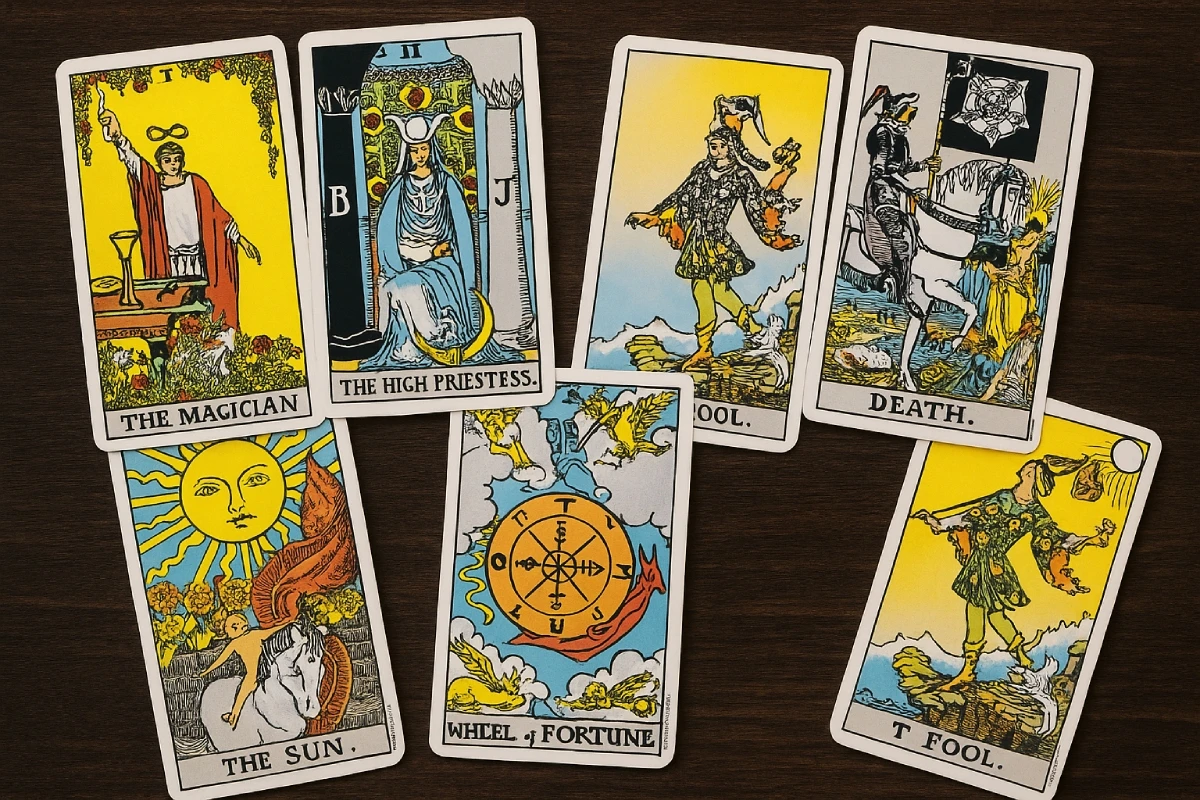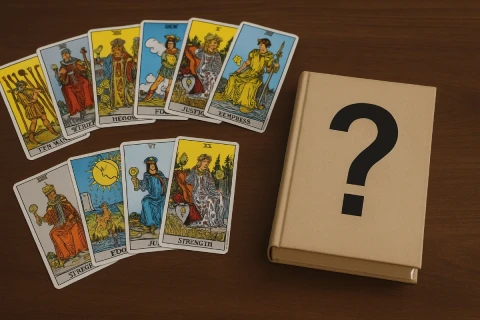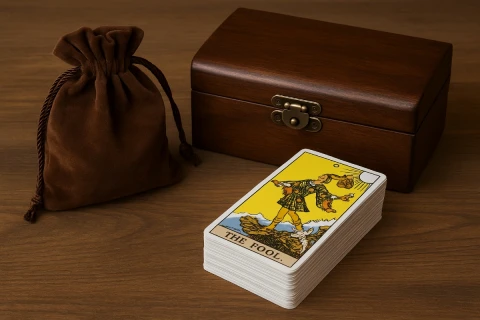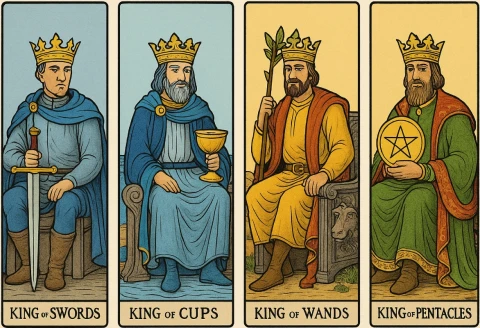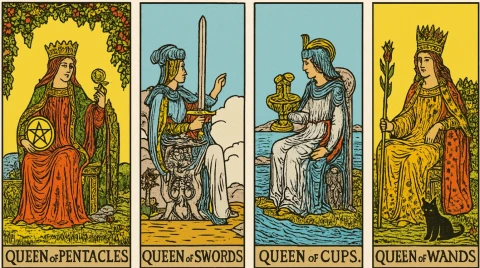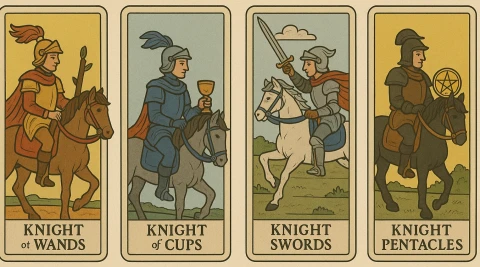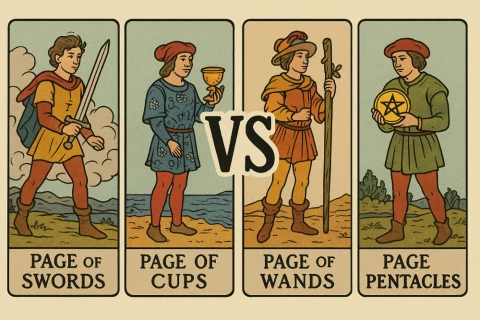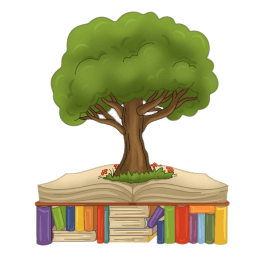
- Blog
-
Stones
- Aventurine
- Agalmatolite
- Agate
- Adamite
- Adularia
- Azurite
- Azurmalachite
- Aquamarine
- Alexandrite
- Almandine
- Amazonite
- Amethyst
- Ametrine
- Ammolite
- Angelite
- Andradite
- Beryl
- Turquoise
- Bull's eye
- Variscite
- Verdite
- Vorobyevite
- Gagat
- Heliodor
- Hematite
- Hessonite
- Hyacinth
- Howlite
- Clear quartz
- Garnet
- Diopside
- Jadeite
- Pearl
- Serpentine
- Emerald
- Iolite
- Rose quartz
- Сalcite
- Caholong
- Kyanite
- Coral
- Kunzite
- Cat's Eye
- Labradorite
- Lavastone
- Lapis lazuli
- Larimar
- Lepidolite
- Moonstone
- Magnetite
- Malachite
- Marcasite
- Meteorites
- Moldavite
- Microcline
- Jade
- Obsidian
- Oniks
- Opal
- Pyrite
- Prehnite
- Smoky quartz
- Hornfels
- Rhodolite
- Rhodonite
- Rhodochrosite
- Ruby
- Sapphire
- Sard
- Sardonyx
- Selenite
- Sodalite
- Carnelian
- Hawk’s Eye
- Sugilite
- Tiger's eye
- Topaz
- Tourmaline
- Uvarovite
- Fluorite
- Phosphosiderite
- Chalcedony
- Peridot
- Chrysoberyl
- Chrysoprase
- Zircon
- Citrine
- Zoisite
- Charoite
- Spar
- Spinel
- Shungite
- Eudialyte
- Euclase
- Amber
- Jasper
-
Tarot
- The Fool
- Magician
- The High Priestess
- The Empress
- The Emperor
- The Hierophant
- The Lovers
- The Chariot
- Strength
- The Hermit
- Wheel of Fortune
- Justice
- The Hanged Man
- Death
- Temperance
- The Devil
- The Tower
- The Star
- The Moon
- The Sun
- Judgment
- The World
- Page of Swords
- Knight of Swords
- Queen of Swords
- King of Swords
- Page of Cups
- Knight of Cups
- Queen of Cups
- King of Cups
- Page of Pentacles
- Knight of Pentacles
- Queen of Pentacles
- King of Pentacles
- Page of Wands
- Knight of Wands
- Queen of Wands
- King of Wands
- Ace of Wands
- Two of Wands
- Three of Wands
- Four of Wands
- Five of Wands
- Six of Wands
- Seven of Wands
- Eight of Wands
- Nine of Wands
- Ten of Wands
- Ace of Cups
- Two of Cups
- Three of Cups
- Four of Cups
- Five of Cups
- Six of Cups
- Seven of Cups
- Eight of Cups
- Nine of Cups
- Ten of Cups
- Ace of Swords
- Two of Swords
- Three of Swords
- Four of Swords
- Five of Swords
- Six of Swords
- Seven of Swords
- Eight of Swords
- Nine of Swords
- Ten of Swords
- Ace of Pentacles
- Two of Pentacles
- Three of Pentacles
- Four of Pentacles
- Five of Pentacles
- Six of Pentacles
- Seven of Pentacles
- Eight of Pentacles
- Nine of Pentacles
- Ten of Pentacles
-
Сandles
What are Tarot cards?
Tarot cards are not just a tool for fortune-telling, but a system of symbols that reflect the laws of life, the human inner world, and interactions with reality. Each card carries an archetypal image that can be interpreted both predictively and psychologically.
Tarot is used for self-discovery, divination, analyzing situations, finding answers, and even meditation.
How are Tarot cards different from regular playing cards?
Playing cards have 52 cards divided into four suits (hearts, spades, clubs, and diamonds). They are mainly used for games and entertainment.
A Tarot deck consists of 78 cards and is divided into two major groups:
-
22 Major Arcana — representing life’s main stages and turning points;
-
56 Minor Arcana — describing everyday events, emotions, relationships, and details.
Unlike playing cards, Tarot has deep symbolism and a universal philosophical system, making it a tool for self-exploration and spiritual practice.
How many cards are in a Tarot deck?
A traditional Tarot deck includes 78 cards:
-
22 Major Arcana (from The Fool to The World);
-
56 Minor Arcana, divided into four suits — Wands, Cups, Swords, and Pentacles.
Each suit contains 14 cards: 10 numbered cards and 4 court cards (Page, Knight, Queen, King).
What types of Tarot decks exist?
There are many Tarot decks, each with its own style, but the main categories are:
-
Classical — such as the Rider–Waite Tarot, Marseille Tarot. These are universal and great for beginners.
-
Esoteric and author-based — such as Aleister Crowley’s Thoth Tarot, decks with Kabbalistic, astrological, or magical elements.
-
Modern — artistic and thematic decks: fairy-tale, mystical, gothic, or psychological.
-
Oracles and metaphorical cards — similar to Tarot but with fewer cards and their own systems.
What is the difference between upright and reversed card meanings?
In a reading, cards can appear in upright or reversed positions.
-
Upright meaning shows the card’s basic message: positive qualities, direct events, constructive energies.
-
Reversed meaning often points to distorted energy, challenges, inner blockages, or warnings.
For example:
-
The Sun (upright) — joy, success, clarity.
-
The Sun (reversed) — doubt, shadow, loss of optimism.
The interpretation of reversed cards depends on the Tarot school: some readers use them actively, while others prefer working only with upright meanings.
We are using cookies


